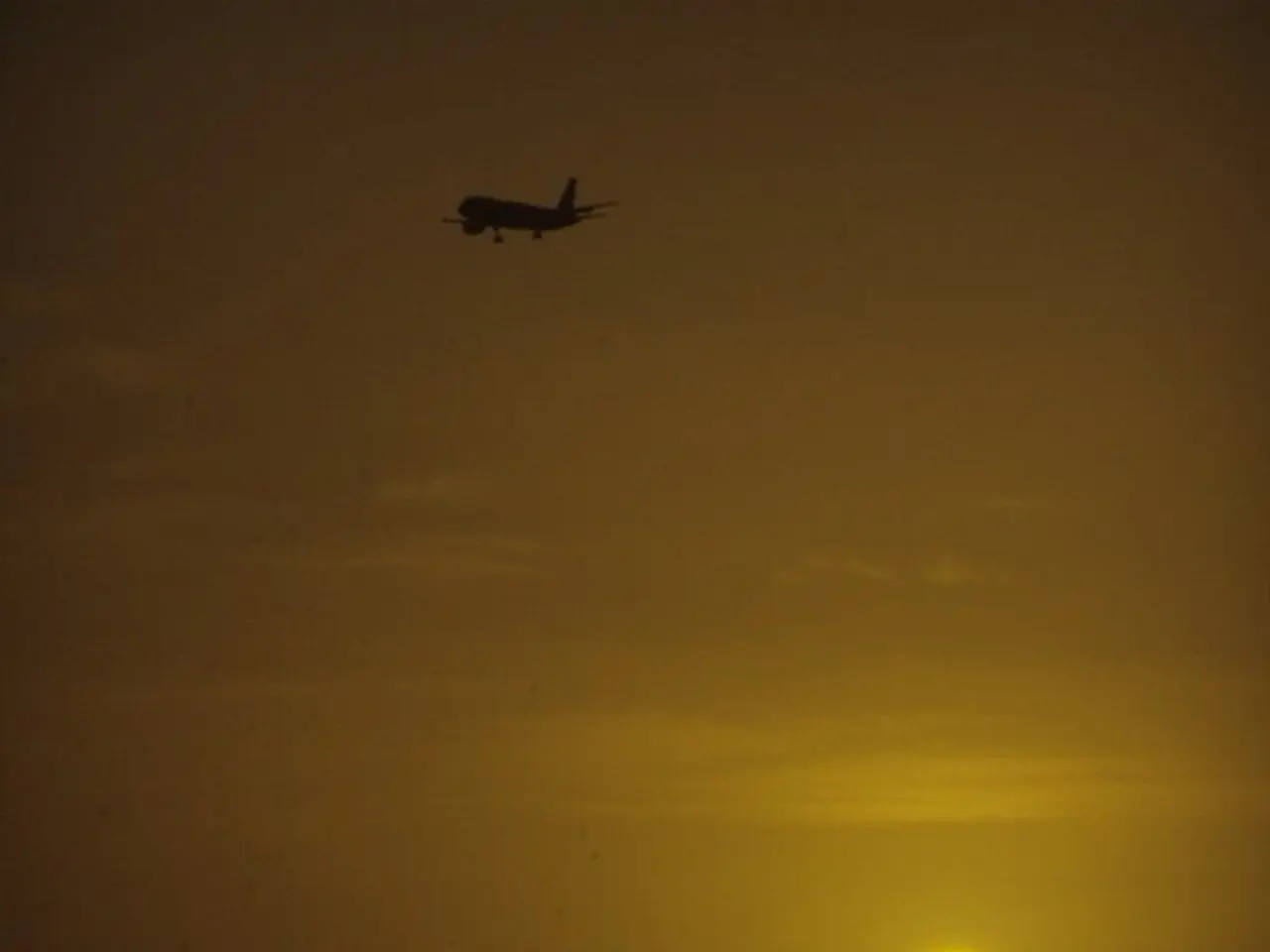Astonishing Claim: Moon Landing Was Faked
The Apollo missions, a monumental achievement in human history, have been the subject of numerous conspiracy theories over the years. However, a closer look at the facts reveals a different story.
One common misconception is the phenomenon known as "bleeding" in photography, which causes the crosshairs on NASA photos to appear behind objects. This is a normal occurrence in photography and does not indicate any manipulation of images.
Another myth revolves around the moon landings' trajectories, which were chosen to briefly touch dense zones of the Van Allen belt. Despite this, protection by the capsule kept radiation exposure levels well below acute thresholds.
Cameras used during the moon landings had to be exposed to capture images, a process that caused weak stars to disappear in the image. This is a known issue in astronomy photography and does not imply any tampering with the images.
Just before ground contact, the engine of the landing module expands its exhaust plume quickly in a vacuum, clearing dust aside without carving a crater. This is a testament to the advanced technology used during the Apollo missions.
The 382 kg of moon rocks collected during the moon landings have been extensively studied and show features that are not found in earthly stones. Comparable findings were made with Soviet Luna samples, and the sample collection is documented in image and sound.
The Apollo program started long before the escalation in Vietnam, contradicting the claim that it was a distraction. The claim that 1960s computers could not have handled the real-time maneuvers and navigation required for the moon landings has also been refuted by engineers, physicists, image experts, and media like the "MythBusters."
The Lunar Orbiter images show the landing sites of various Apollo missions complete with vehicle tracks and the astronauts' footprints. Scientific instruments that were brought to the moon with various missions can be seen on these images. The Lunar Reconnaissance Orbiter, in lunar orbit since 2009, transmits sharp and detailed images of the lunar surface to Earth, including the landing sites of various Apollo missions.
The moon surface temperatures range from 130°C in the sun to -160°C in the shade, but cameras and films used during the moon landings were adapted to withstand these extreme temperatures. Laser reflectors on the moon, placed during Apollo missions, are still in use today by numerous institutions and allow the current distance to the moon to be determined to within a few centimeters.
The footprints left by astronauts on the moon remain preserved for a long time due to the lack of wind and rain. Despite the loss of the original tapes of the Apollo 11 TV broadcast, there are countless contemporaneous copies, making the loss embarrassing but not proof of a hoax.
The flag that was planted on the moon hangs on a crossbar and swings due to the motion of the mast, not due to wind. The shadows on the moon’s surface appear shortened or lengthened due to the uneven terrain and perspective distortion.
NASA responded to the claims by stating that the burden of proof lies with those who claim impossibility. The broad and complex involvement of around 400,000 people worldwide, Soviet confirmation of the landings, and the impracticality of maintaining a decades-long global cover-up further undermine conspiracy theories.
In September 2002, Buzz Aldrin, a NASA astronaut, was confronted by a man named Bart Sibrel who accused him of lying about the moon landing. The confrontation took place in Beverly Hills, and Aldrin responded by landing a right hook.
Despite the evidence to the contrary, moon landing myths persist to this day. However, a closer look at the facts reveals a different story - one of human achievement and technological innovation.
Read also:
- visionary women of WearCheck spearheading technological advancements and catalyzing transformations
- Recognition of Exceptional Patient Care: Top Staff Honored by Medical Center Board
- A continuous command instructing an entity to halts all actions, repeated numerous times.
- Oxidative Stress in Sperm Abnormalities: Impact of Reactive Oxygen Species (ROS) on Sperm Harm








